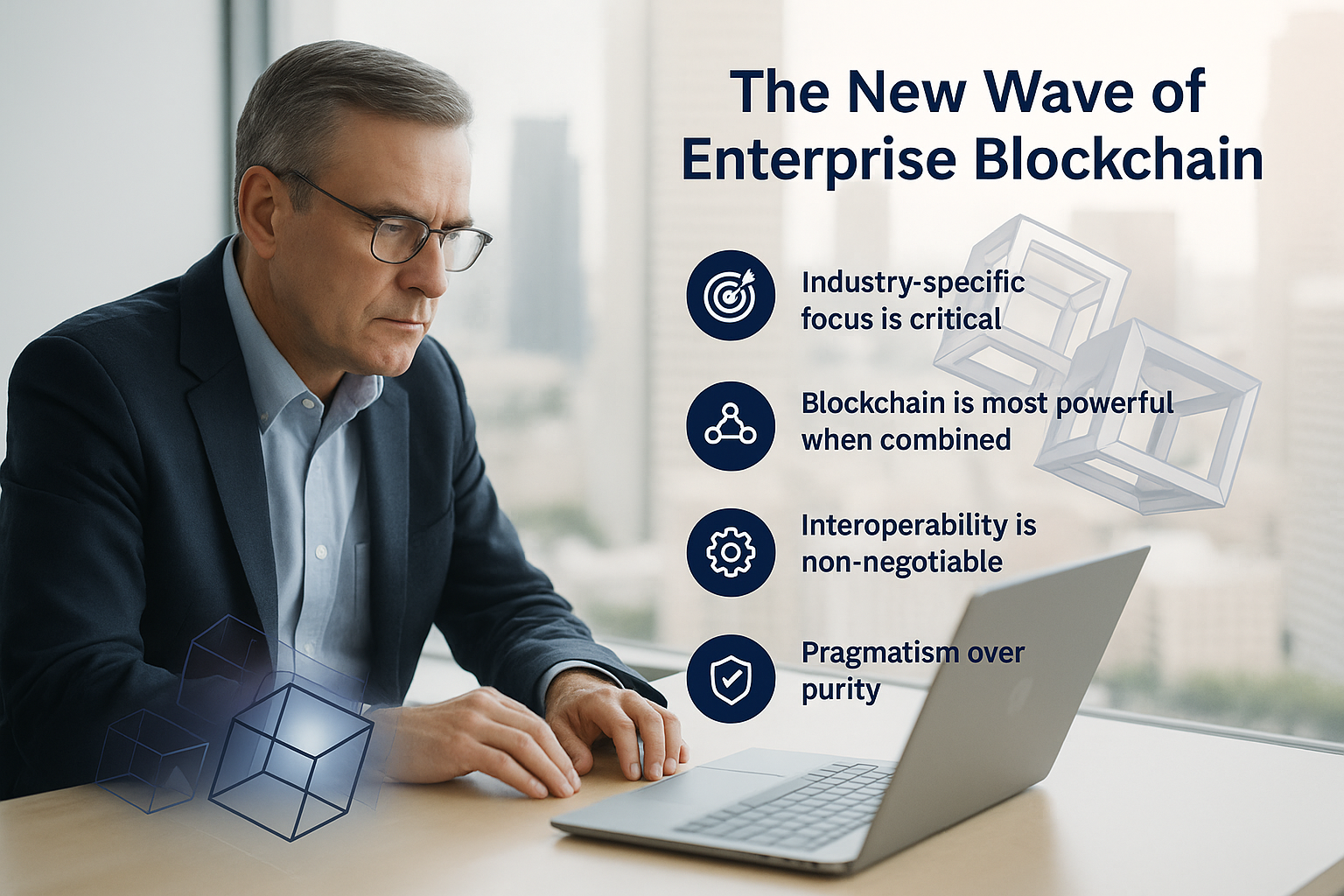AI Infrastructure: The Next Wave of Innovation
Beyond Foundation Models: The Infrastructure Powering AI’s Future
While generative AI applications have captured public imagination, the true long-term value in artificial intelligence may lie in the infrastructure layer that makes these systems possible. At 5IR Funds, we see AI infrastructure—the hardware, software, and systems enabling AI development and deployment—as a foundational investment opportunity with sustained growth potential.
The current AI landscape reflects a fundamental shift from general-purpose computing to specialized AI systems. This transition is creating unprecedented demand for novel architectures, from chips and memory systems to data pipelines and deployment platforms. For founders building in this space, understanding the key infrastructure challenges represents the first step toward capturing this opportunity.
The Compute Bottleneck
AI training and inference requirements are growing exponentially, outpacing even Moore’s Law. Training state-of-the-art large language models now requires compute resources measured in hundreds of exaFLOPS, with costs exceeding $100 million for frontier models1.
This compute bottleneck is driving innovation across the entire semiconductor stack, from novel chip architectures to cooling systems and interconnect technologies. NVIDIA’s dominant market position with its H100 and subsequent GPUs has created a clear target for startups developing specialized AI accelerators optimized for specific workloads.
Promising approaches include:
- Domain-specific accelerators: Chips optimized for specific AI tasks like natural language processing, computer vision, or recommendation systems
- In-memory computing: Architectures that eliminate the memory-processor bottleneck by performing computations where data is stored
- Neuromorphic computing: Systems inspired by biological neural networks that prioritize energy efficiency
- Optical computing: Photonic systems that use light rather than electrons to perform computations
The market opportunity is substantial, with AI semiconductor spending projected to grow from $42 billion in 2023 to over $100 billion by 20272. For founders, the key insight is that specialized hardware tailored to specific AI workloads can deliver order-of-magnitude improvements in performance, efficiency, and cost compared to general-purpose systems.
Data Infrastructure: The Foundation of AI
Beyond compute, data infrastructure represents a critical bottleneck in the AI development lifecycle. Training modern AI systems requires not just vast quantities of data but sophisticated pipelines for collection, cleaning, labeling, and management.
Recent research from Stanford’s AI Index highlights that data preparation remains the most time-consuming aspect of AI development, consuming up to 80% of data scientists’ time3. This inefficiency creates opportunities for startups building specialized data infrastructure, including:
- Data preparation platforms: Automated systems for data cleaning, normalization, and feature engineering
- Synthetic data generation: AI-powered systems that create realistic training data, particularly valuable for domains with privacy constraints or limited data availability
- Data quality monitoring: Tools for detecting and addressing data drift, bias, and quality issues
- Domain-specific data platforms: Vertical solutions tailored to industries like healthcare, finance, or manufacturing
For founders, the strategic insight is that data infrastructure represents a less crowded but equally essential market compared to AI applications. While consumer-facing AI generates headlines, data infrastructure companies often build more defensible, recurring-revenue businesses.
MLOps: Operationalizing AI at Scale
As AI transitions from research to production, the challenge of deploying and operating AI systems reliably has created the rapidly growing field of Machine Learning Operations (MLOps).
Unlike traditional software, AI systems involve complex dependencies between data, models, and infrastructure. Maintaining performance requires continuous monitoring and retraining to address concept drift and changing environments. This complexity has created a significant market for MLOps platforms, with spending projected to reach $4 billion by 20254.
Key opportunities in this space include:
- Model deployment platforms: Systems for efficiently serving models across environments
- Model monitoring and observability: Tools for tracking model performance, detecting drift, and diagnosing issues
- AI governance and compliance: Solutions for managing regulatory requirements around explainability, fairness, and privacy
- Resource optimization: Systems for efficiently allocating compute resources across training and inference workloads
For founders building MLOps solutions, the key insight is that enterprise adoption of AI depends on operational reliability and governance—not just model performance. Solutions that address these operational challenges enable organizations to move beyond pilots to production-scale AI deployments.
The Energy Challenge
Perhaps the most fundamental constraint on AI’s future growth is energy consumption. Training frontier models like GPT-4 or Gopher requires energy equivalent to hundreds of U.S. households’ annual consumption5. This energy requirement creates both environmental concerns and practical limitations on model scaling.
This challenge presents opportunities for startups focused on:
- Energy-efficient AI architectures: Models and systems designed to minimize computational requirements
- Hardware efficiency: Chips and systems that maximize performance per watt
- Green AI infrastructure: Data centers and cooling systems optimized for AI workloads
- Training optimization: Techniques like pruning, quantization, and knowledge distillation that reduce computational requirements
For founders, the energy challenge represents a technical constraint that can drive innovation. Solutions that improve energy efficiency unlock more powerful AI capabilities while addressing environmental concerns—a compelling combination.
The Founder Opportunity
The AI infrastructure market represents a profound opportunity for technical founders with domain expertise in systems design, hardware architecture, or data engineering. Unlike application-level AI, which often competes with established platform companies, infrastructure solutions can address specific bottlenecks with defensible technology.
The most promising opportunities lie at the intersection of these infrastructure layers—solutions that integrate specialized hardware, efficient data pipelines, and robust operational capabilities to address end-to-end AI workflows for specific industries or use cases.
As AI continues its transition from research curiosity to essential business infrastructure, the companies that solve these foundational challenges will create and capture enormous value—enabling the next generation of AI innovation while building sustainable, defensible businesses.
References
- Epoch AI. (2023). Compute Trends Across Three Eras of Machine Learning.
- Gartner. (2023). Forecast Analysis: AI Semiconductor Market.
- Stanford University Human-Centered AI Institute. (2023). AI Index Report.
- IDC. (2022). Worldwide MLOps Platforms Forecast.
- Patterson, D., et al. (2021). Carbon Emissions and Large Neural Network Training. arXiv:2104.10350.



